Neodymium magnets, also referred to as NdFeB magnets, represent the pinnacle of rare-earth magnet technology. Known for their unmatched magnetic power, these magnets play a critical role in industries like consumer electronics, healthcare, renewable energy, and beyond. But what elements and processes create these robust magnets? This article explores the intricate details of their composition, manufacturing steps, and the qualities that set them apart.
Key Elements of Neodymium Magnets
The structure of neodymium magnets comprises three fundamental elements: Neodymium (Nd), Iron (Fe), and Boron (B). Their chemical formula, Nd₂Fe₁₄B, reflects a crystal structure containing 2 neodymium atoms, 14 iron atoms, and 1 boron atom.
Breakdown of Neodymium Magnet Composition
| Component | Symbol | Typical Proportion (%) | Function |
|---|---|---|---|
| Neodymium | Nd | 29 - 32 | Core contributor to magnetic force |
| Iron | Fe | 64 - 69 | Strengthens the magnetic field |
| Boron | B | 1 - 2 | Stabilizes structure, enhances coercivity |
Note: Variations can occur depending on the inclusion of rare-earth elements like dysprosium (Dy) and terbium (Tb).
Steps in Neodymium Magnet Production
Crafting neodymium magnets involves several meticulous stages that ensure optimal performance:
1. Powder Metallurgy
The journey begins by melting neodymium, iron, and boron into an alloy, which is rapidly cooled into a fine powder. This powder is compressed into molds, often under a magnetic field, to align its domains.
2. Sintering
During sintering, the pressed powder is heated in a vacuum or inert gas at high temperatures (approximately 1,000°C). This process bonds the particles, forming a dense magnet.
3. Magnetization
Once cooled, the magnet undergoes exposure to a powerful magnetic field, aligning its domains to maximize magnetic intensity.
4. Coating
Since neodymium magnets are vulnerable to oxidation, protective coatings of nickel, zinc, or epoxy are applied to prevent corrosion.
5. Shaping and Finishing
Finally, the magnets are shaped, cut, and machined with precision to meet design requirements for their specific applications.
Unique Features of Neodymium Magnets
Neodymium magnets offer exceptional energy density, producing stronger magnetic fields relative to their size compared to other materials. This efficiency makes them indispensable in applications requiring compact designs.
Comparing Magnet Types: Maximum Energy Product (BHmax)

Moreover, the incorporation of elements like dysprosium and terbium allows these magnets to function under extreme temperatures without losing their magnetic properties, further broadening their use cases.
Applications of Neodymium Magnets
Owing to their superior attributes, neodymium magnets are utilized in:
-
Consumer Electronics: Devices like headphones, speakers, and hard drives
-
Medical Equipment: Imaging systems such as MRI machines
-
Green Energy: Components for wind turbines and electric vehicle motors
-
Industrial Settings: Tools like magnetic separators, sensors, and holding fixtures

Final Thoughts
As a hallmark of materials science, neodymium magnets combine rare-earth materials with advanced manufacturing methods to achieve unmatched performance. Their adaptability and strength make them crucial to many modern technologies.

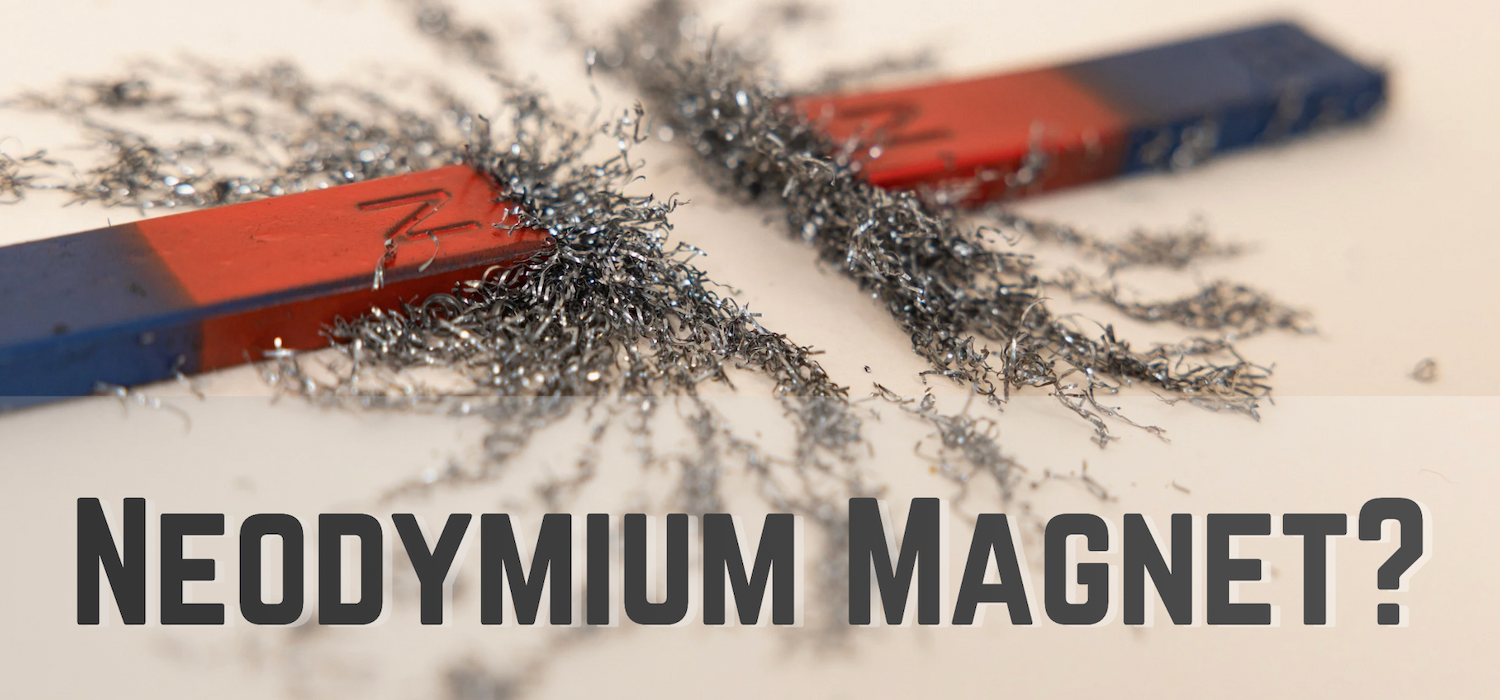
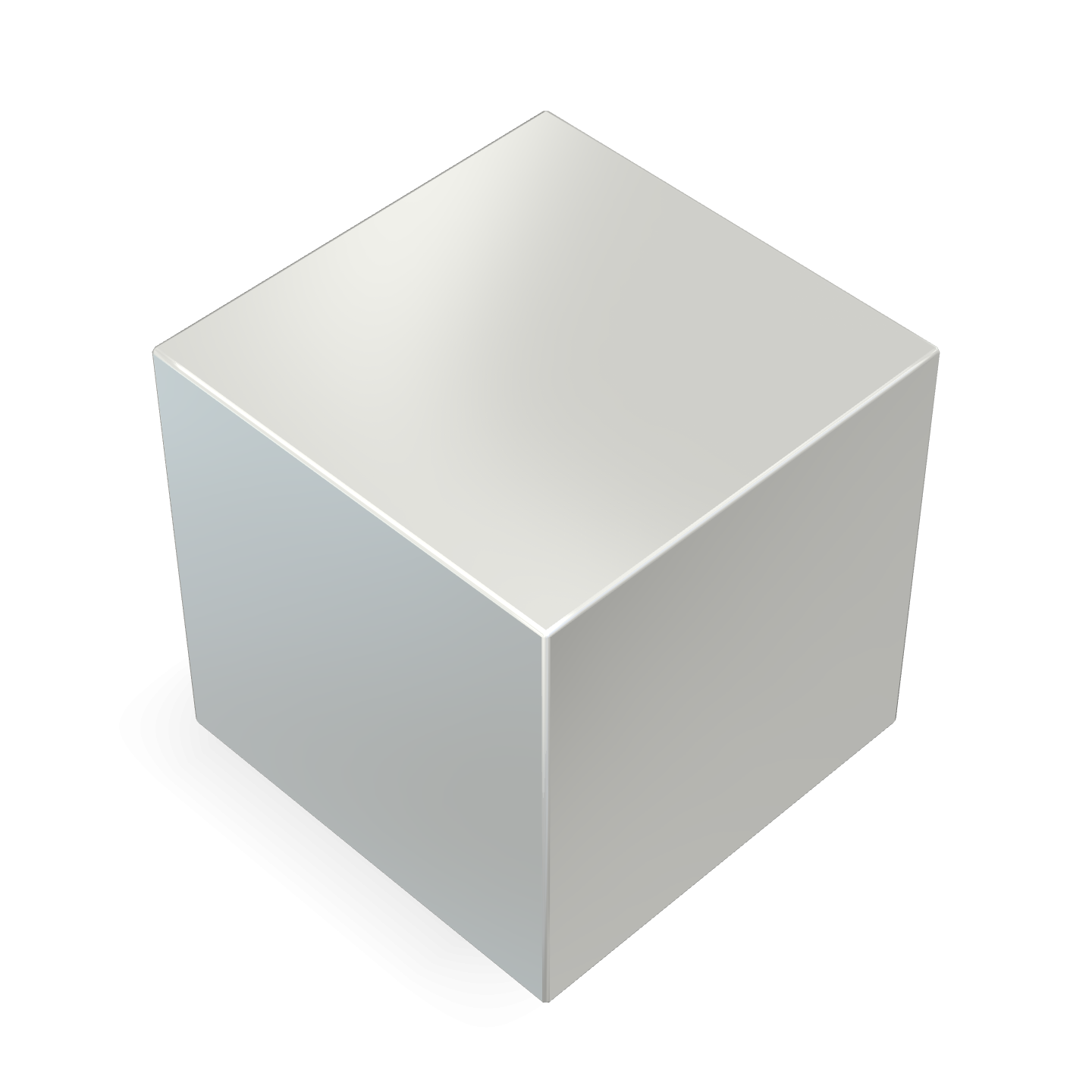

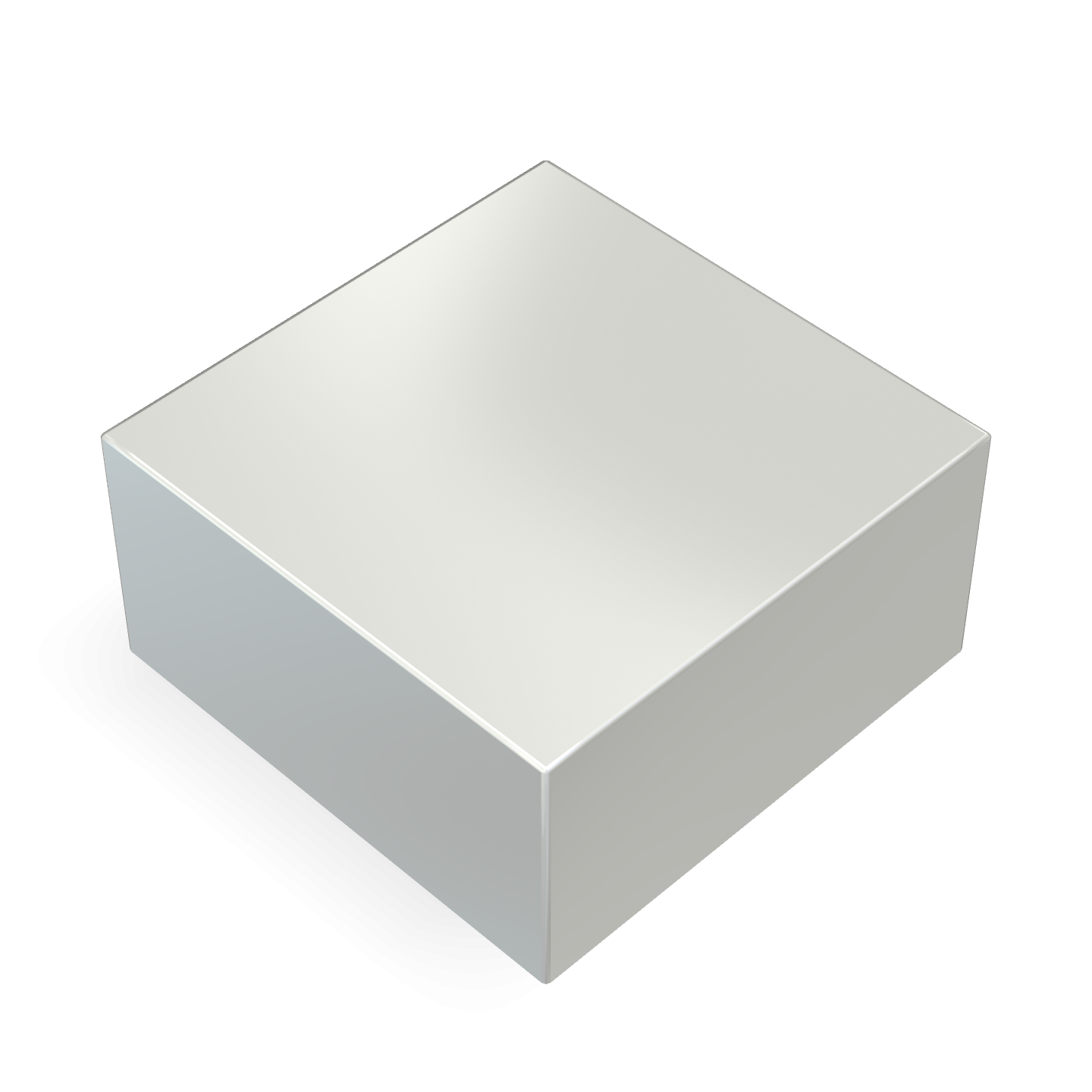
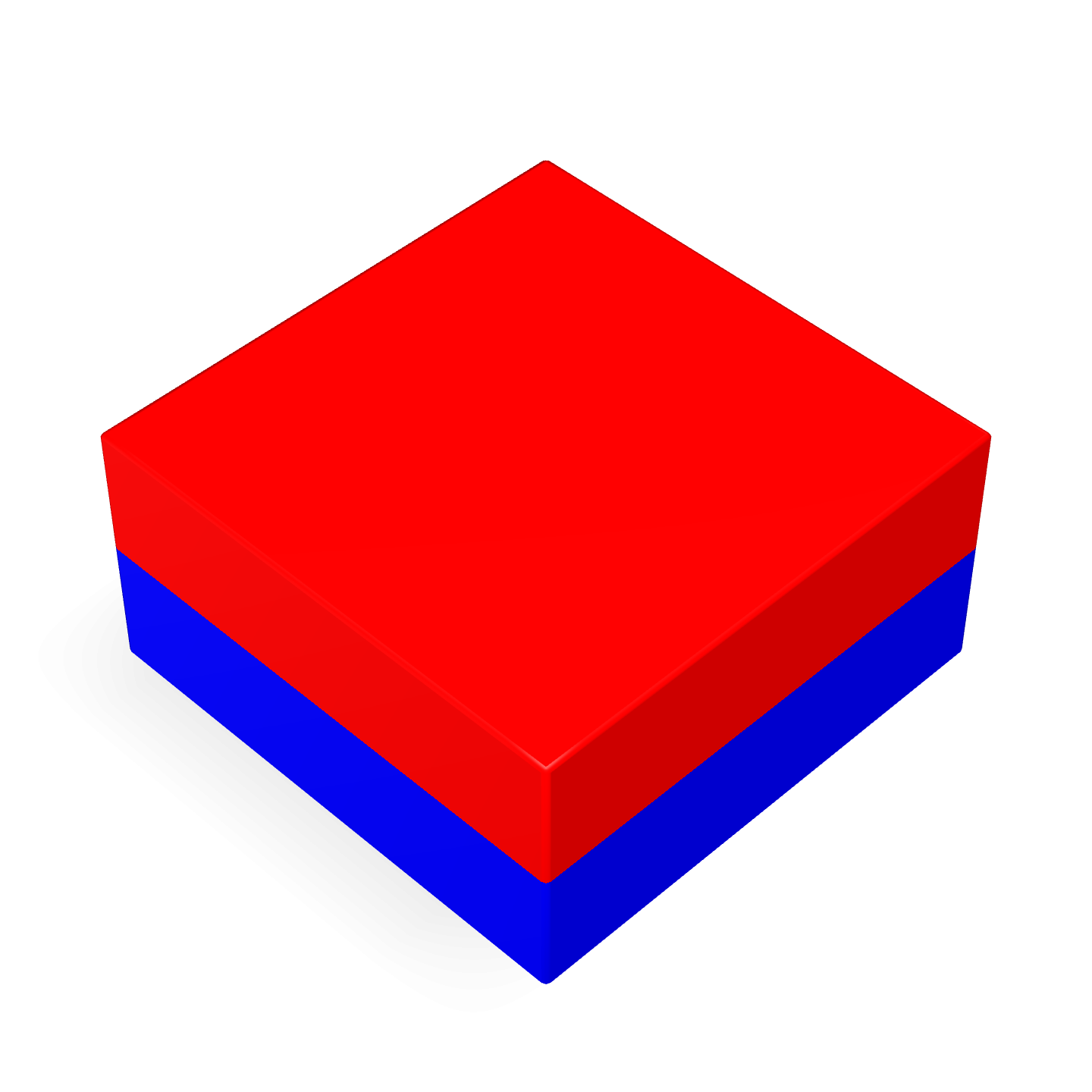
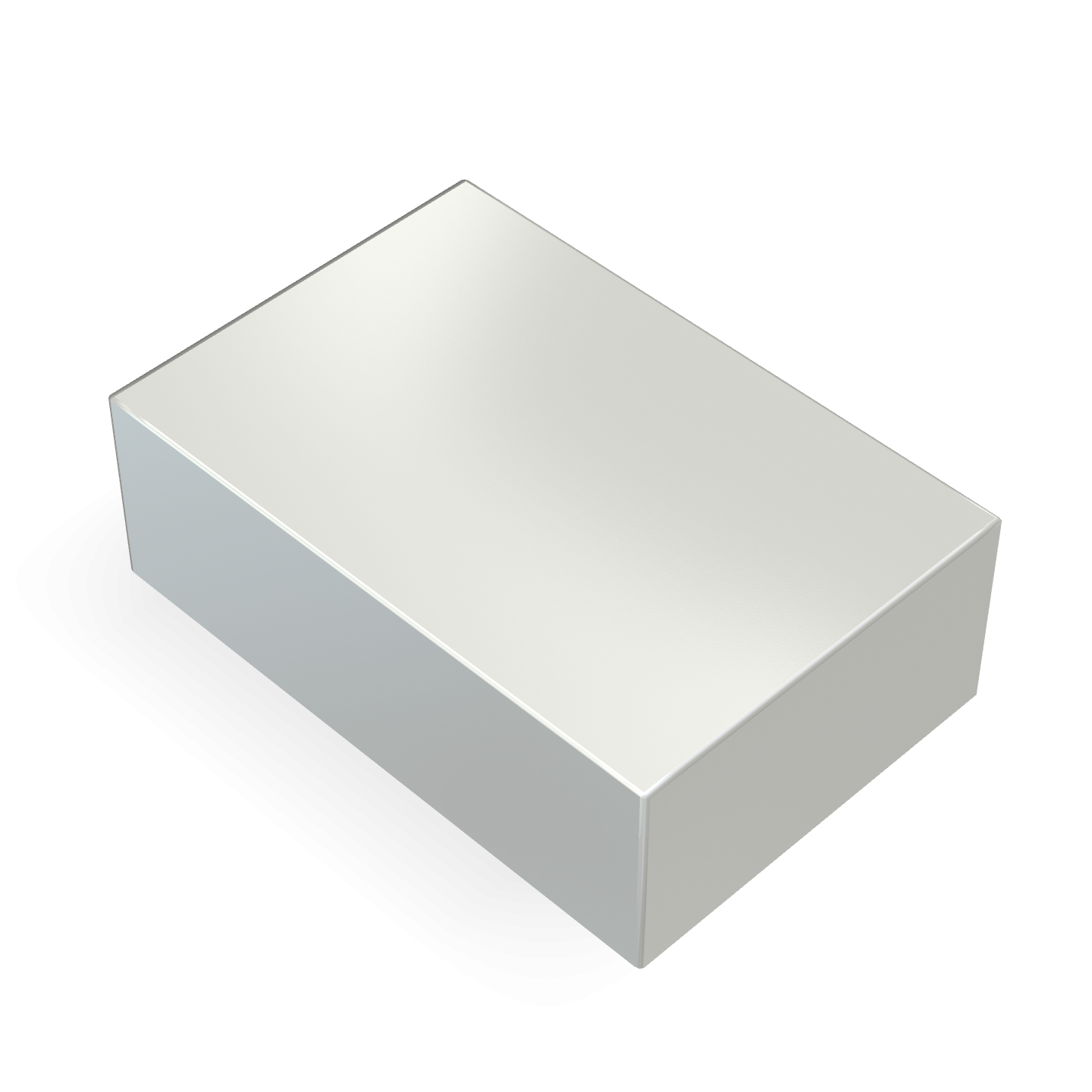
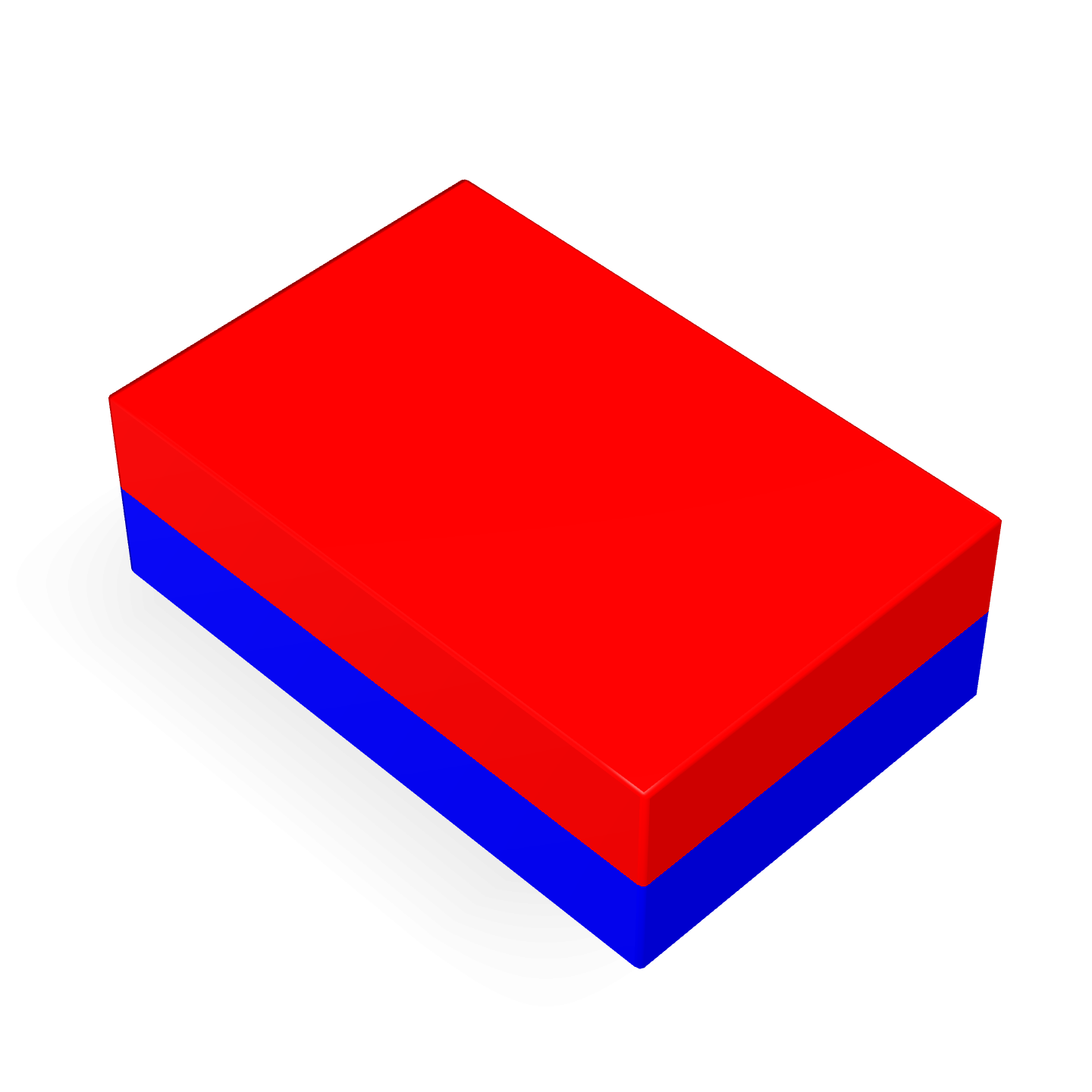
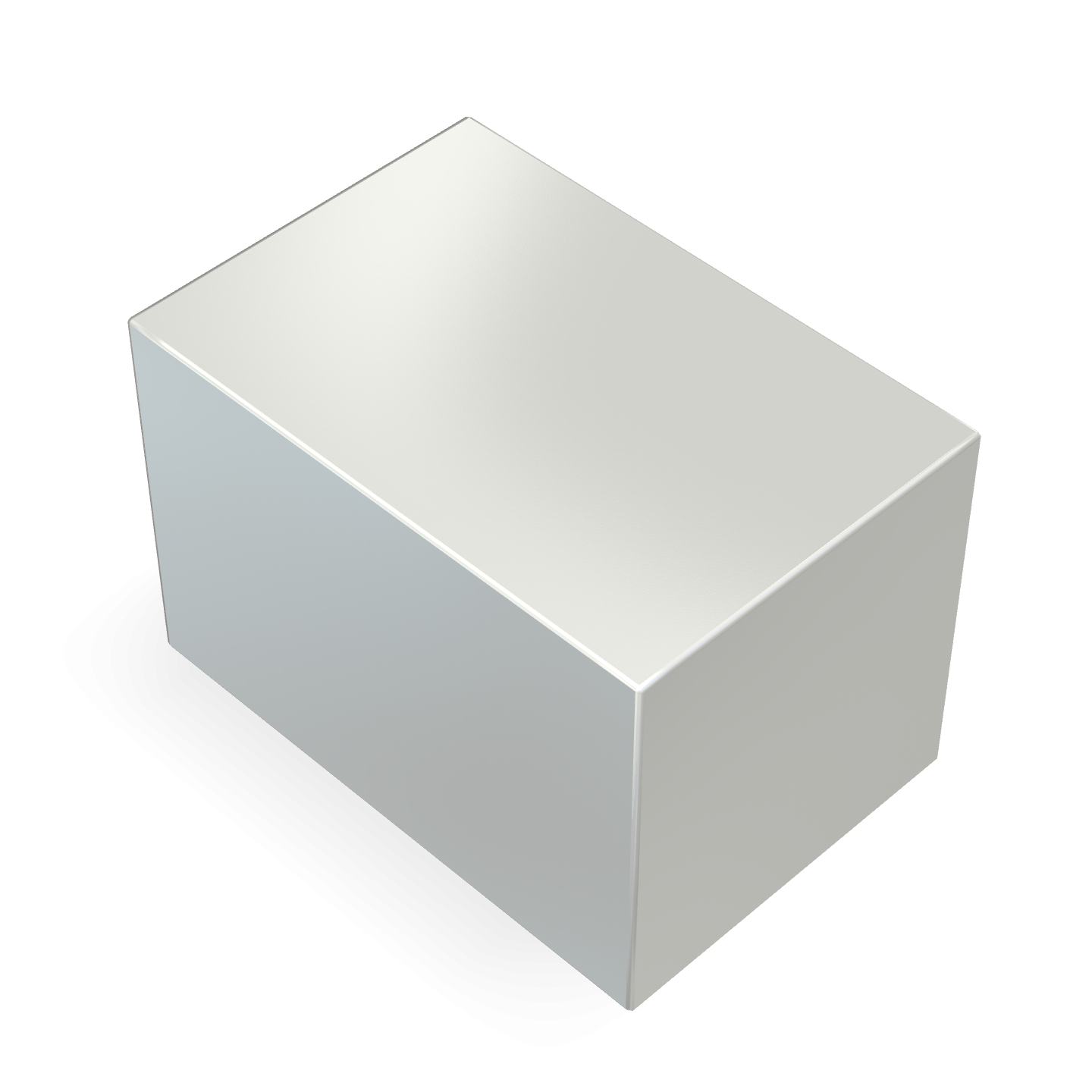
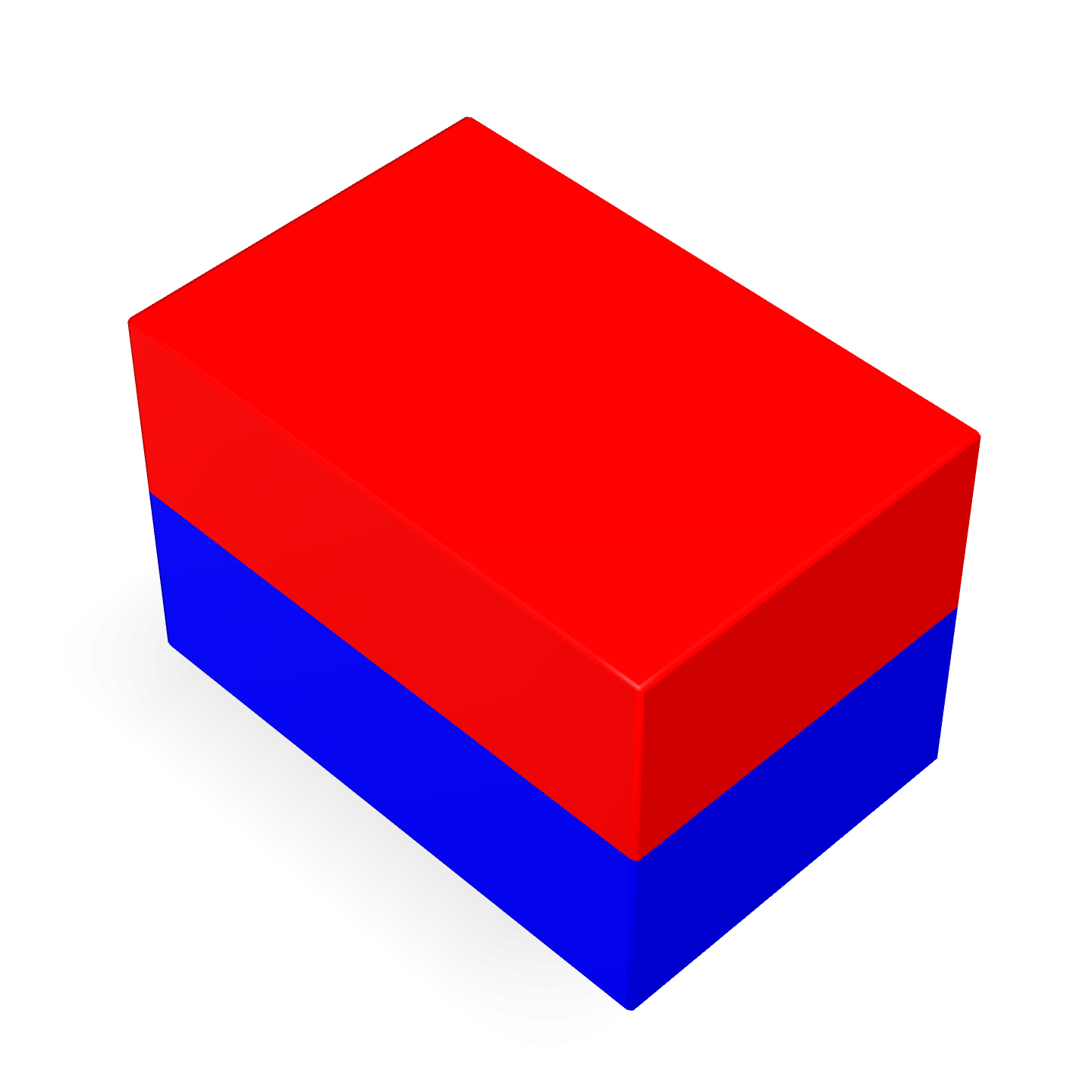
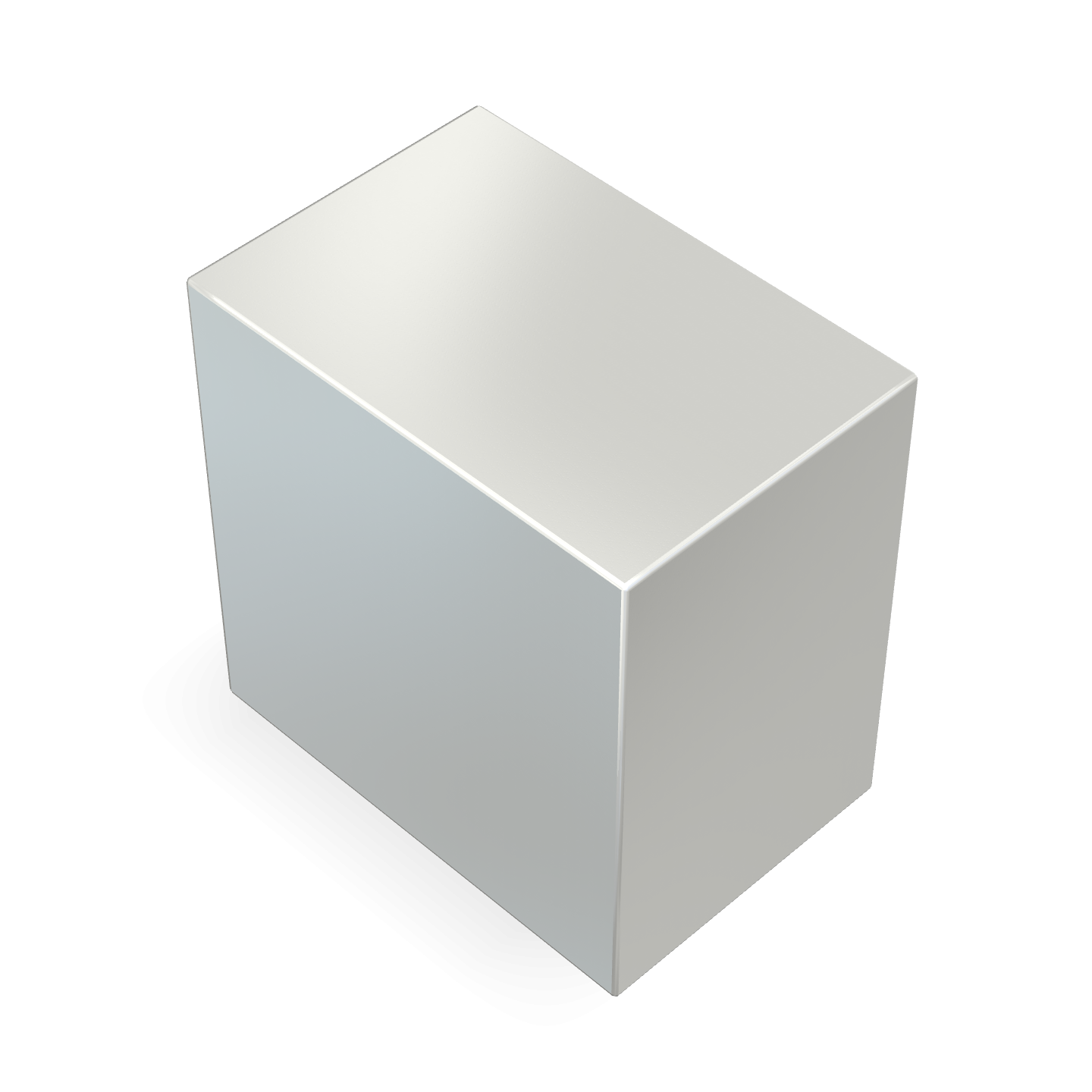
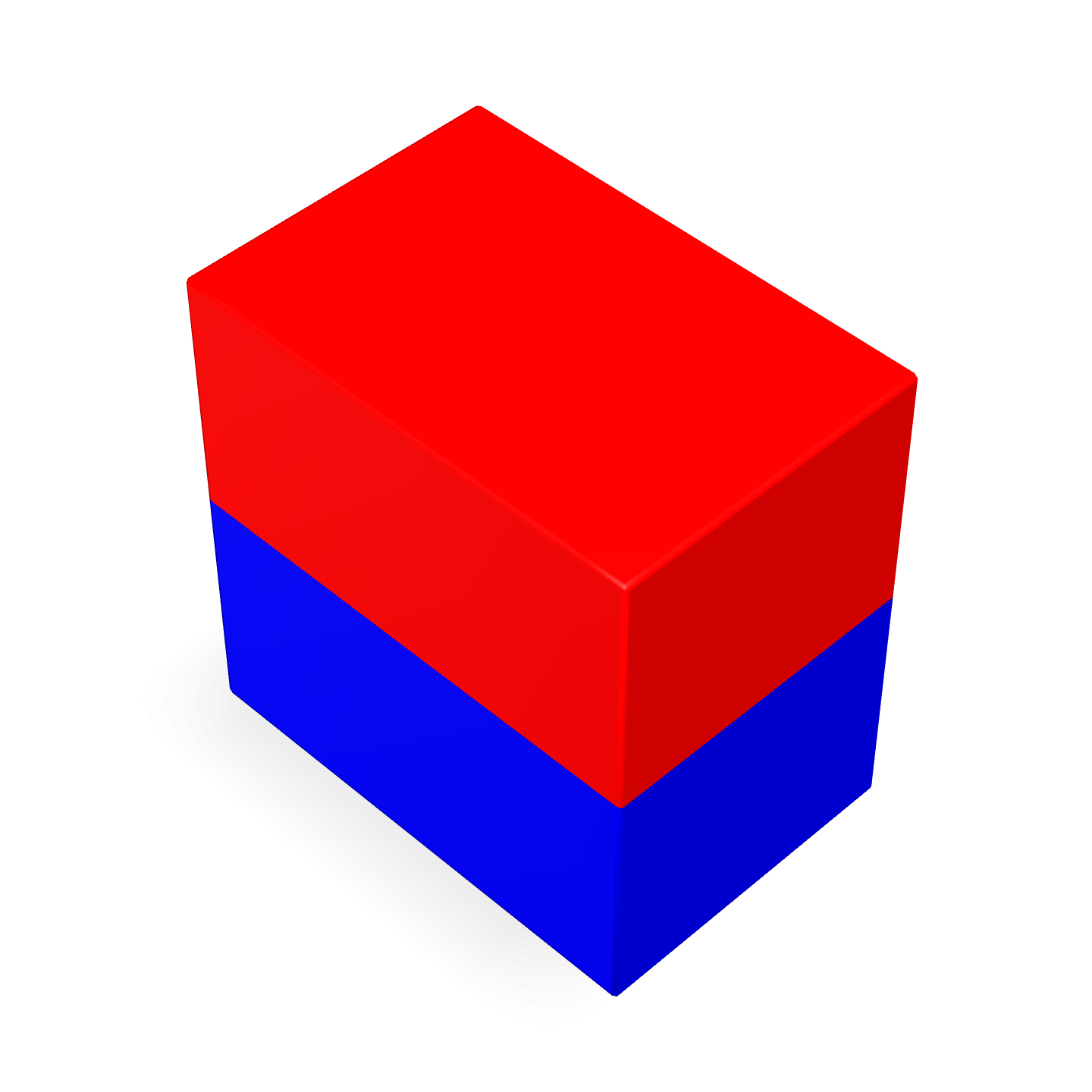
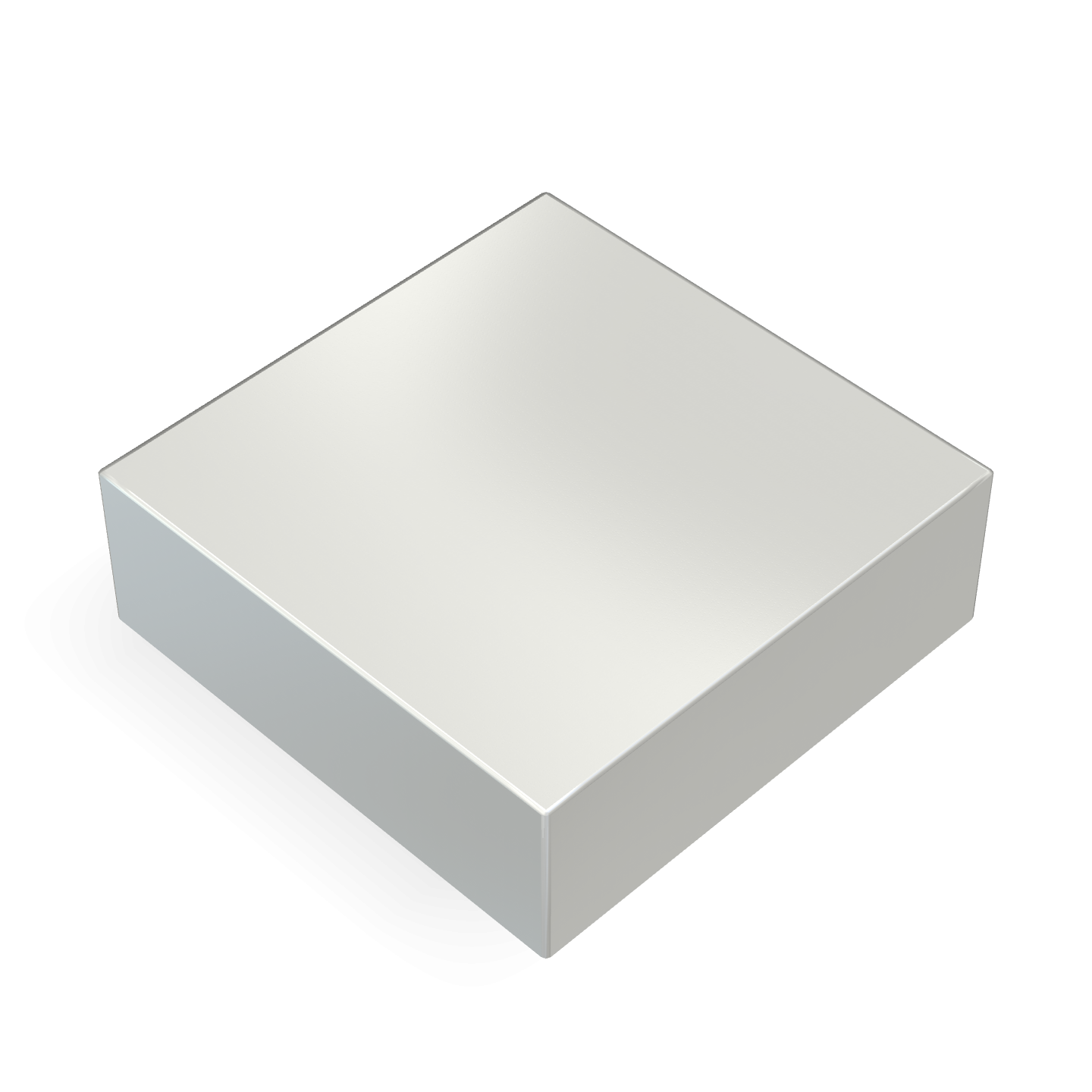
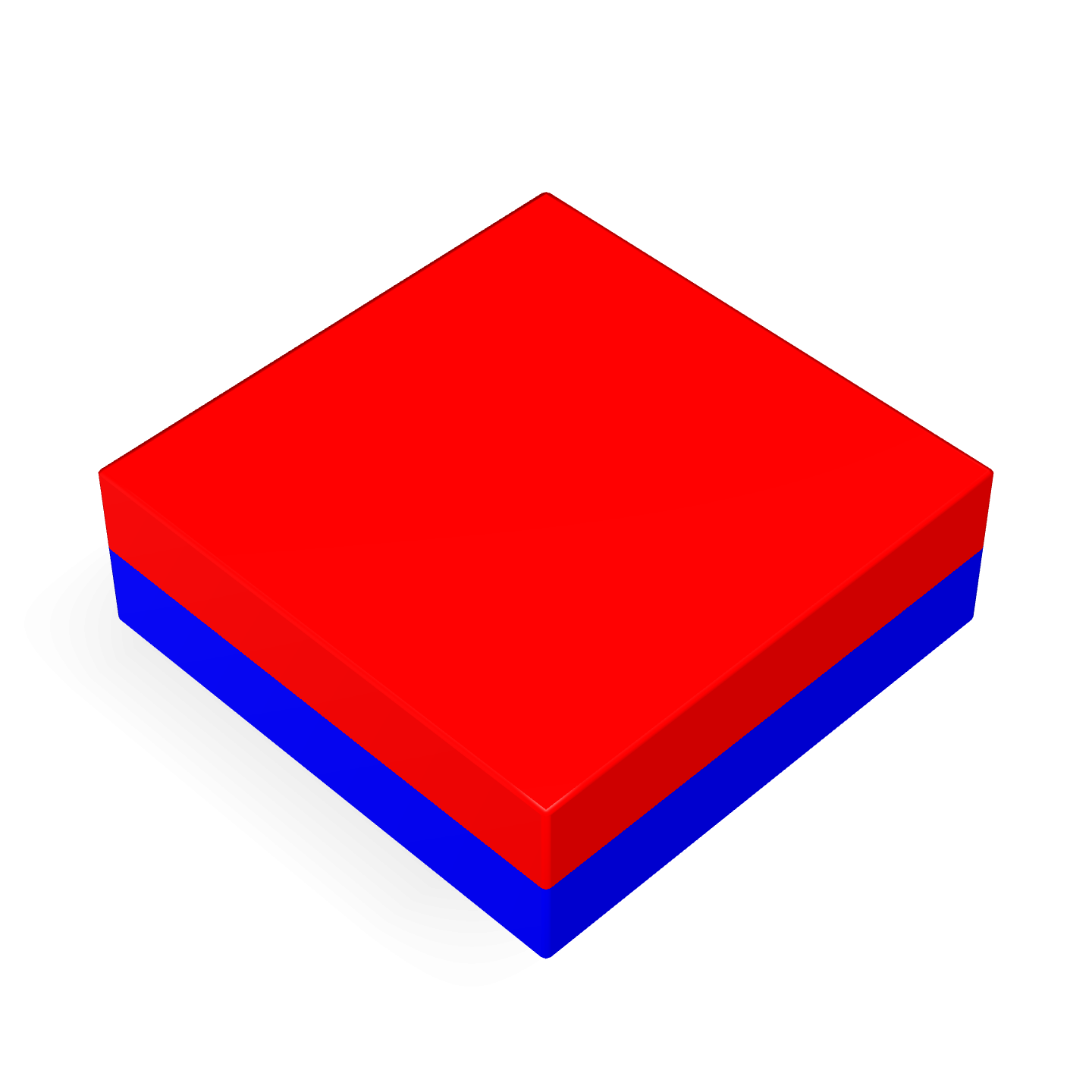
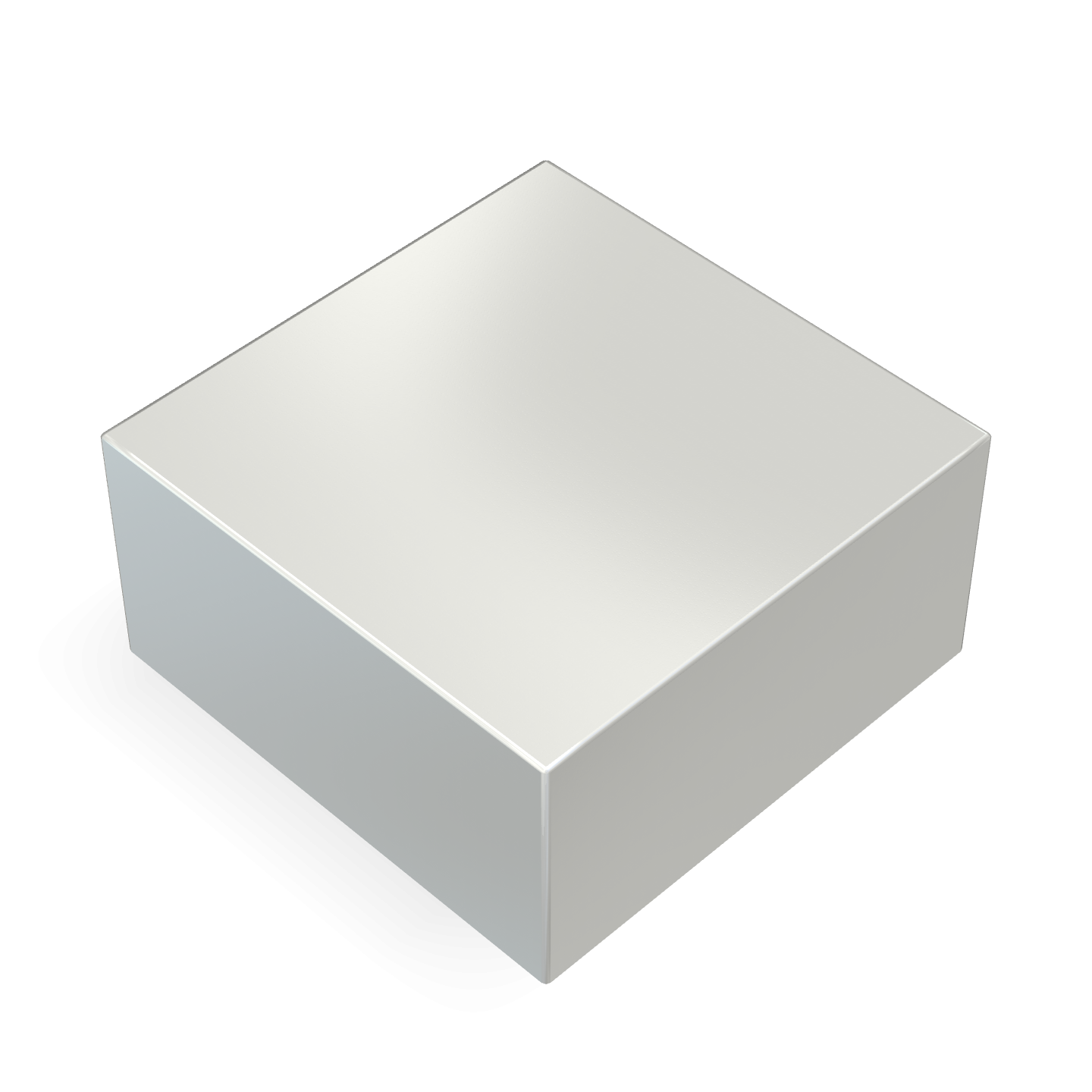
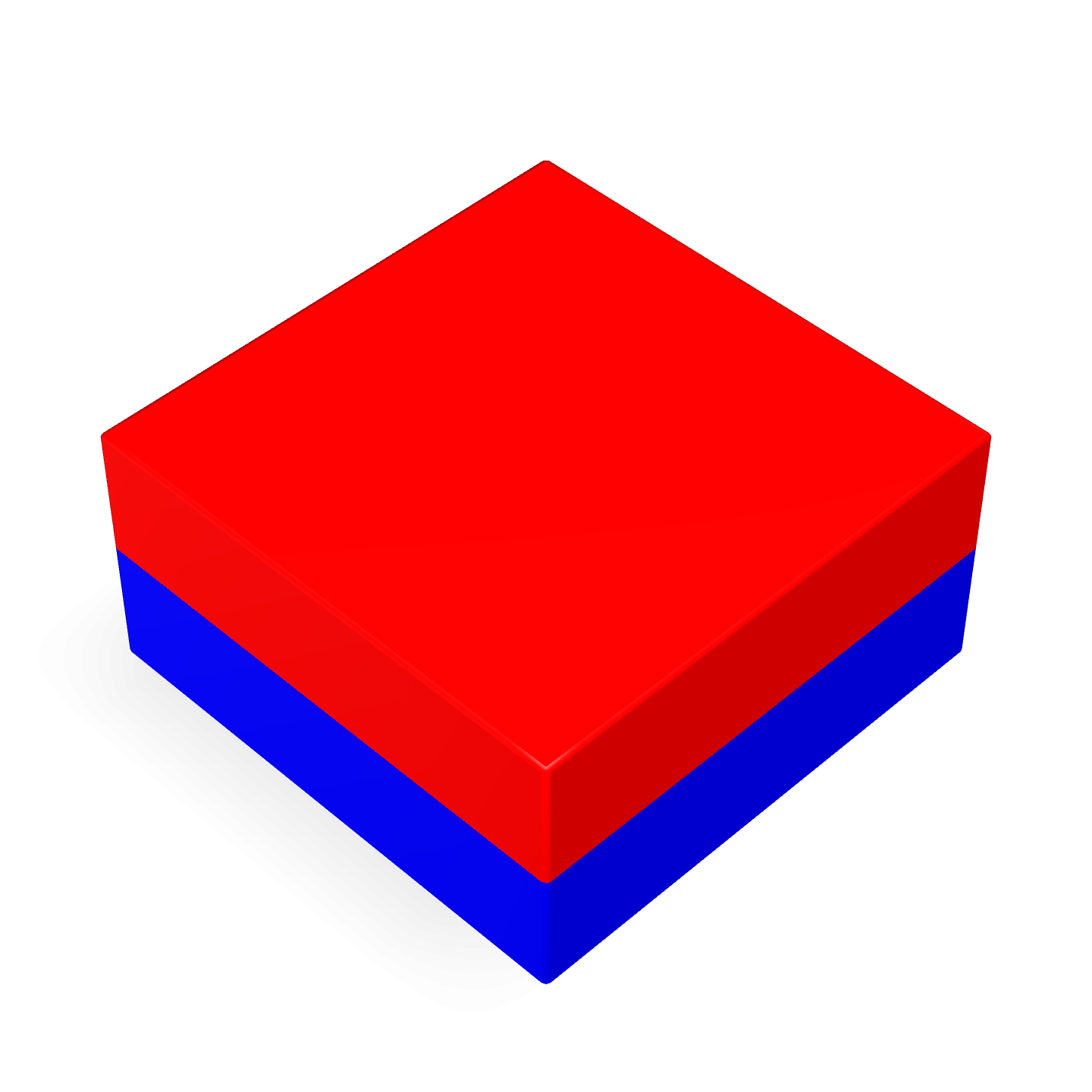
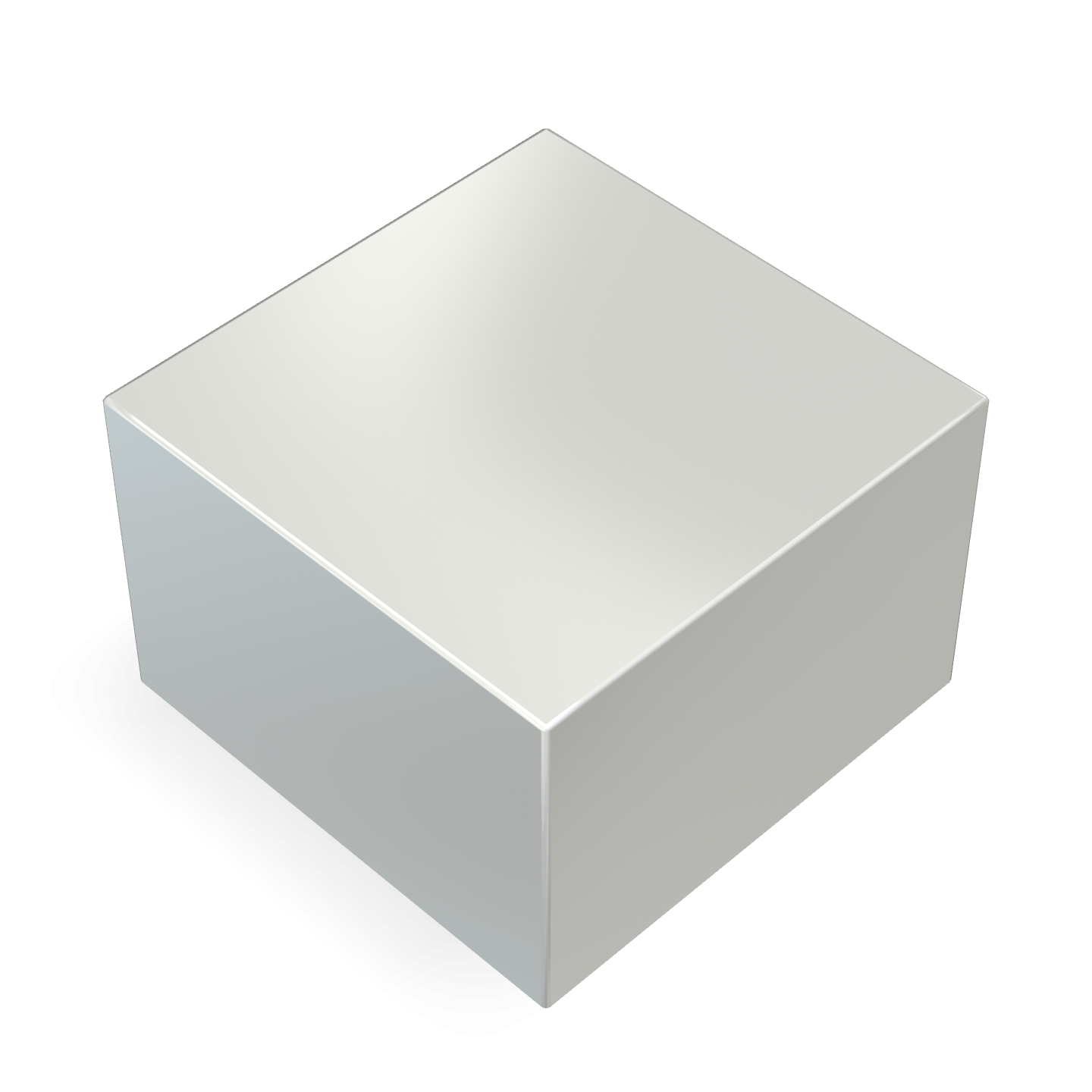



1 comment
Johnson Lewis
Besides sintering is there another manufacturing process of neodymium magnets? What’s the difference?